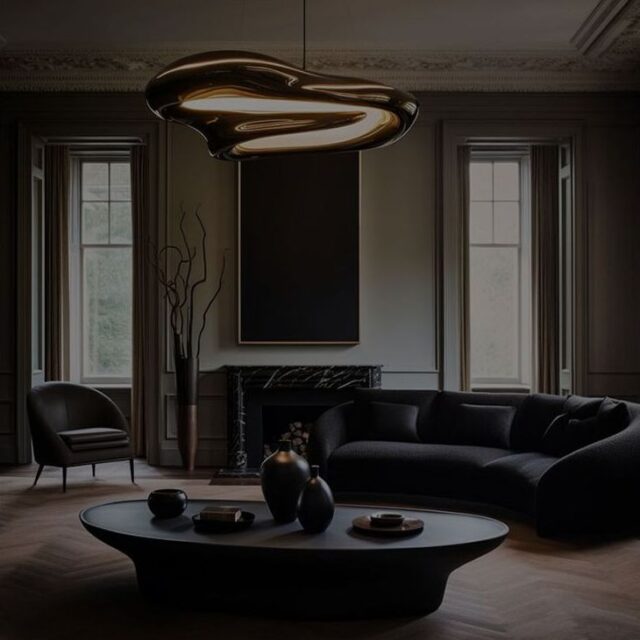Modern LED Lighting Lamps

Modern LED lighting lamps have revolutionized the way we illuminate our homes, offices, and public spaces. With their energy efficiency, longevity, and versatility, LED lighting has become the preferred choice for both consumers and businesses. This article explores the technology behind LED lighting, the benefits these lamps offer, different types available in the market, factors to consider when choosing the right LED lamp, and their integration with smart home systems. Additionally, we delve into the latest trends and innovations in LED lighting design, as well as the environmental impact of using LED lamps compared to traditional lighting sources.
1. Introduction to LED Lighting Technology
History of LED Lighting
LED lighting has come a long way since its humble beginnings in the 1960s. Initially used for indicator lights, LEDs have now revolutionized the lighting industry with their energy efficiency and longevity.
How LED Lighting Works
LEDs (light-emitting diodes) produce light when an electrical current passes through a semiconductor material. Unlike traditional incandescent bulbs, LEDs do not have a filament that will burn out, making them more durable and long-lasting.
2. Benefits of Modern LED Lighting Lamps
Energy Efficiency
One of the key advantages of LED lighting is its energy efficiency. LED lamps use significantly less energy than traditional lighting sources, helping you save on electricity bills while reducing your carbon footprint.
Longevity and Durability
LED lighting lamps have an impressive lifespan, lasting up to 25 times longer than incandescent bulbs. They are also durable and resistant to shock, vibrations, and breakage, making them ideal for various environments.
3. Types of LED Lighting Lamps
LED Bulbs
LED bulbs are direct replacements for incandescent, halogen, or CFL bulbs, offering a wide range of color temperatures and brightness levels to suit different lighting needs.
LED Tubes
LED tubes are commonly used in commercial and industrial settings to replace fluorescent tubes. They provide bright, efficient lighting and are available in different lengths and configurations.
4. Factors to Consider When Choosing LED Lighting Lamps
Brightness and Color Temperature
When selecting LED lighting lamps, consider the brightness level (measured in lumens) and the color temperature (warm white to cool white) to achieve the desired lighting ambiance in your space.
Compatibility with Fixtures
Ensure that the LED lamps you choose are compatible with your existing fixtures and fittings. Some LED lamps may require specific types of dimmer switches or transformers for optimal performance.
5. Energy Efficiency and Cost Savings
Comparison with Traditional Lighting
When it comes to energy efficiency, modern LED lighting lamps are the rockstars of the lighting world. Compared to traditional incandescent or fluorescent bulbs, LEDs consume significantly less energy to produce the same amount of light. So, say goodbye to those outdated light bulbs that guzzle electricity like it’s going out of style!
Return on Investment (ROI)
Investing in LED lighting is not just good for your conscience; it’s also friendly to your wallet. While LED lamps may have a higher upfront cost, their energy efficiency and long lifespan mean that you’ll be saving money on your electricity bills in the long run. So, think of it as a bright idea that pays off!
6. Integration with Smart Home Systems
Smart LED Lighting Controls
Gone are the days of flipping switches like a caveman! With smart LED lighting, you can control your lamps from the palm of your hand using your smartphone or tablet. Adjust the brightness, set timers, or even change the color of your lights to suit your mood – all with just a few taps on your device.
Voice-activated Lighting
Feeling too lazy to even lift a finger? No problem! With voice-activated lighting systems like Alexa or Google Home, you can simply command your lights to turn on, off, or dim with just the power of your voice. It’s like having your own personal lighting butler, minus the British accent.
7. Trends and Innovations in LED Lighting Design
Architectural Lighting
LED lighting isn’t just about functionality; it’s also a design statement. Architectural lighting design using LEDs can transform spaces, highlighting architectural features or creating ambiance with customized lighting effects. It’s like giving your space a makeover with just the flip of a switch.
Customizable Lighting Solutions
One size does not fit all when it comes to lighting preferences. LED lighting offers customizable solutions, allowing you to tailor the color temperature, brightness, and even the direction of light to suit your needs. Whether you prefer warm, cozy light for a movie night or bright, energizing light for work, LED lighting has got you covered.
8. Environmental Impact of LED Lighting
Reduced Carbon Footprint
If being eco-friendly is your jam, LED lighting is the way to glow. LEDs are energy-efficient and have a longer lifespan, which means they require less energy to produce and dispose of compared to traditional lighting. So, you can light up your space guilt-free, knowing you’re reducing your carbon footprint.
Recycling and Disposal Considerations
When the time comes to bid adieu to your LED lamps, make sure to dispose of them responsibly. Many LED bulbs are recyclable, so be sure to check with your local recycling facilities for proper disposal methods. Let’s keep our planet shining bright for generations to come! In conclusion, modern LED lighting lamps have not only transformed the way we light up our surroundings but have also set a new standard for energy efficiency and sustainability. As technology continues to advance, the possibilities for LED lighting design and integration are endless. By embracing the benefits of LED lamps and making informed choices, we can contribute to a brighter, greener future for generations to come.










Leave a comment